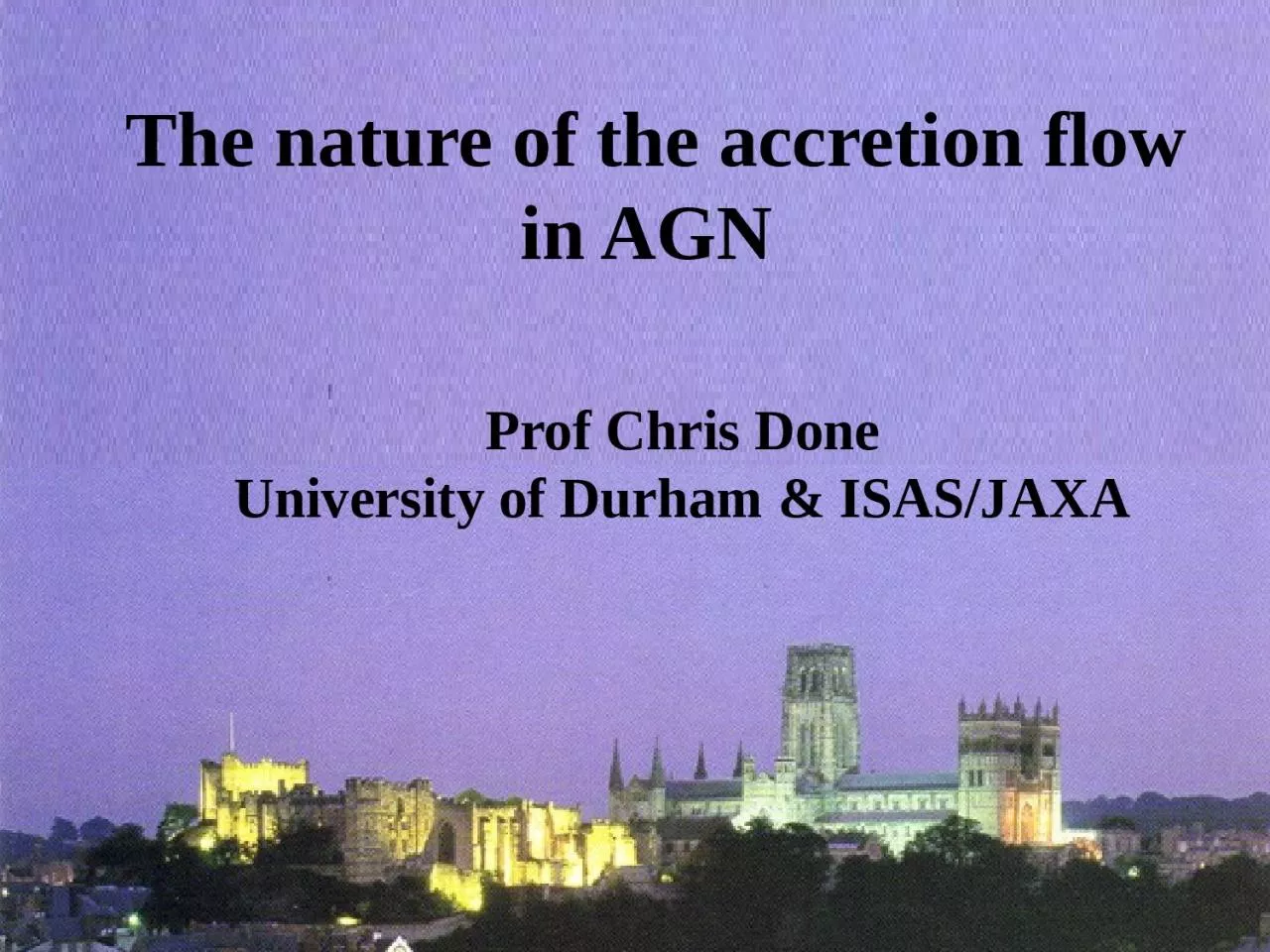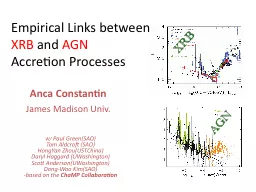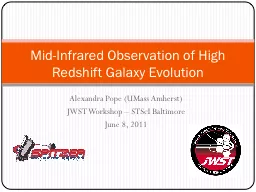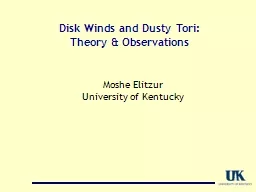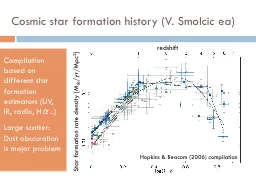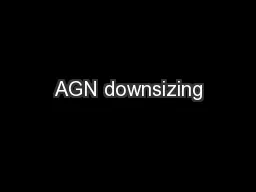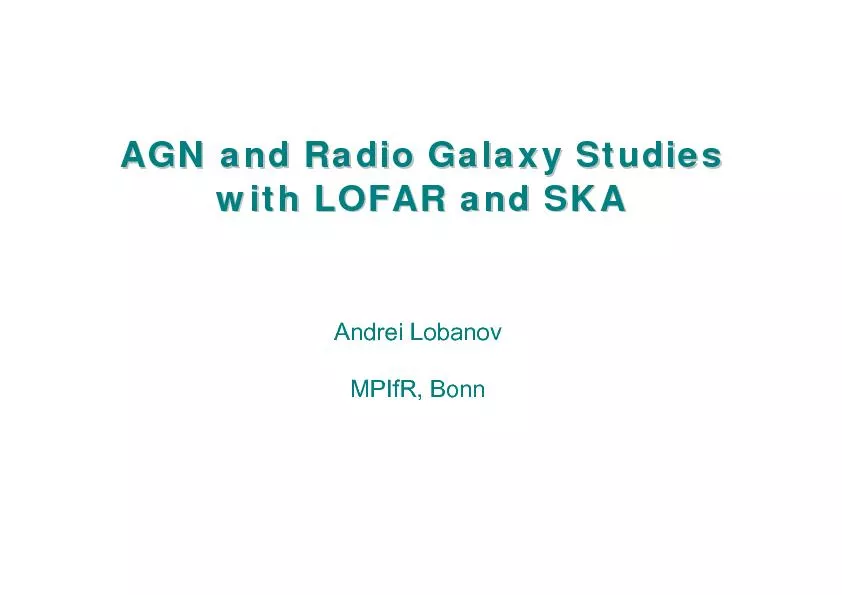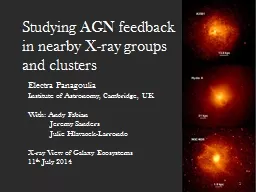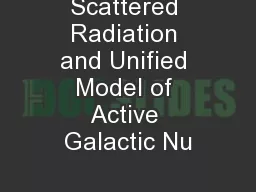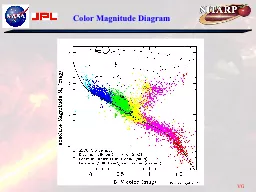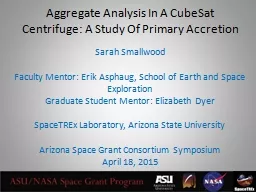PPT-The nature of the accretion flow in AGN
Author : ximena | Published Date : 2024-02-09
Prof Chris Done University of Durham amp ISASJAXA AGN feedback MagorrianGebhardt relation gives BH mass Big black holes live in host galaxies with big bulges Either
Presentation Embed Code
Download Presentation
Download Presentation The PPT/PDF document "The nature of the accretion flow in AGN" is the property of its rightful owner. Permission is granted to download and print the materials on this website for personal, non-commercial use only, and to display it on your personal computer provided you do not modify the materials and that you retain all copyright notices contained in the materials. By downloading content from our website, you accept the terms of this agreement.
The nature of the accretion flow in AGN: Transcript
Download Rules Of Document
"The nature of the accretion flow in AGN"The content belongs to its owner. You may download and print it for personal use, without modification, and keep all copyright notices. By downloading, you agree to these terms.
Related Documents

